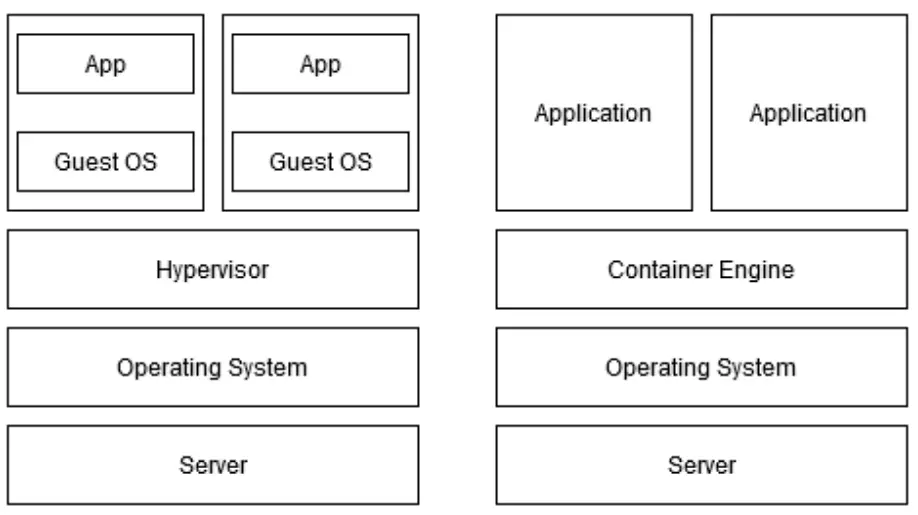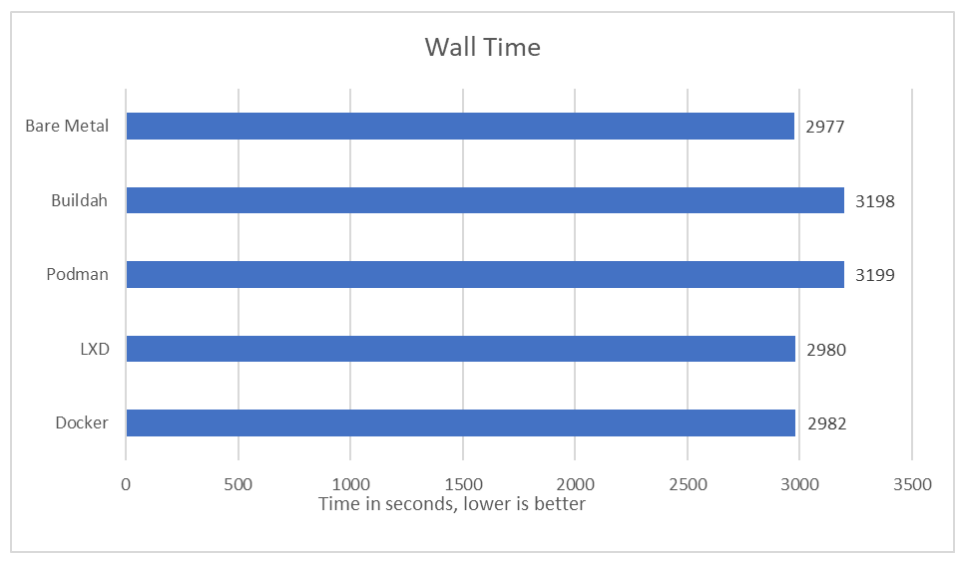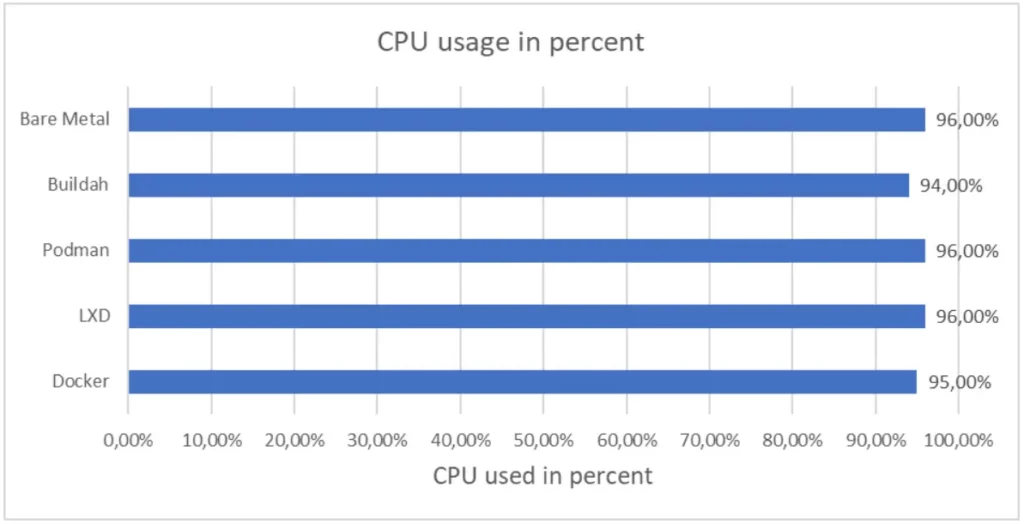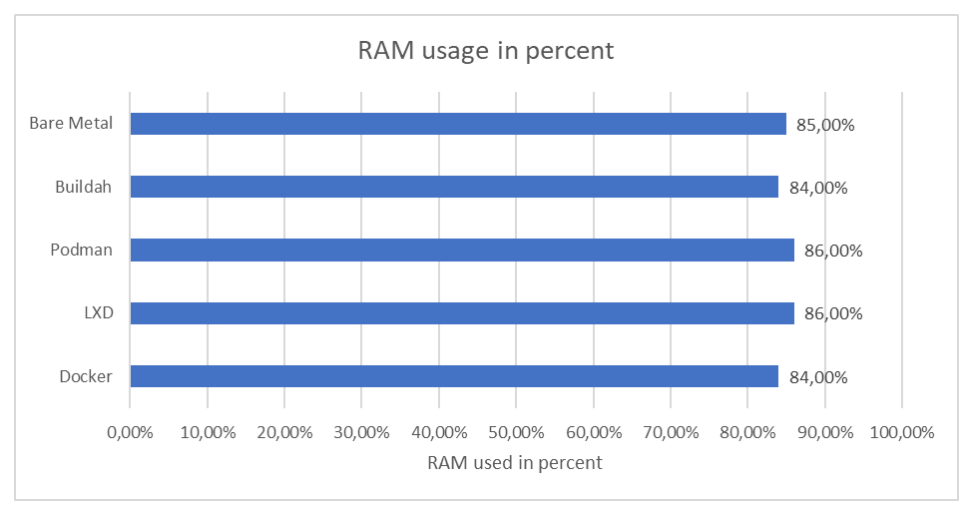Free Docker Course: Portainer, Nginx Proxy Manager, Lets Encrypt SSL
Podman vs Docker: Which is better?
Podman and Docker serve as container engines to handle and operate containers, but they possess several distinct features. So, why would someone choose Podman over Docker or Docker over Podman?
Podman over Docker: One significant advantage of Podman over docker is that it operates without a daemon, providing a more lightweight and secure environment. This can make it a better choice for security-conscious organizations or for applications that require high performance and scalability.
Docker over Podman: Docker offers a more established ecosystem with a larger community and more third-party integrations. It also offers features such as Docker Compose, which simplifies the management of multi-container applications.
While these factors are noteworthy in determining the superiority of one technology over the other, they do not provide a definitive answer. Therefore, it is imperative to delve further into this subject to explore other vital aspects that are pivotal in selecting the most suitable technology for our specific requirements.
Virtualization Vs Containerization
Virtualization refers to the process of creating a virtual environment for running applications. Docker and Podman do not use virtualization, they use containerization technology.
Containerization allows applications to run in a contained environment without interfering with the underlying system. This is different from traditional virtualization, which involves creating a complete virtual machine with its own operating system and resources.
With containerization, applications are run more efficiently and with less overhead, because it allows resource sharing with the host system. This makes Docker and Podman popular tools for creating and deploying applications in a virtualized environment.

What are containers?
Containers are a type of virtualization technology that allows developers to package an application and all its dependencies into a single, self-contained unit. These units, also known as container images, are easy to deploy and run on any platform that supports containerization technology, such as Docker or Podman.
Containers provide a lightweight and efficient way to manage applications, as they isolate the application and its dependencies from the underlying infrastructure. This makes it easy to move applications between different environments without any modification or configuration changes.
Furthermore, a container is a lightweight, stand-alone executable package that comprises all necessary software, libraries, and configurations required to run a piece of software reliably and consistently, irrespective of the environment.
Furthermore, containers offer a level of consistency and reproducibility that is difficult to achieve with traditional methods of application deployment. They provide a predictable environment for the application to run in, which can help to reduce the number of configuration-related issues that can arise when deploying applications.
In summary, containers are a powerful tool for DevOps Engineers and software developers, as they enable the creation of portable, scalable, and reliable applications that can run anywhere. Now let’s look at Podman and Docker, the most popular containerization technologies. After that, we will look at their differences, and finally at similar technologies.
Podman Containerization
Podman is a container engine for managing and running OCI (Open Container Initiative) containers and pods. Containerization is the process of packaging an application and its dependencies into a container. Unlike traditional container engines like Docker, Podman operates without a daemon and uses a rootless mode, making it more secure and easier to use.
Moreover, Podman also provides a compatible interface with Docker, which means users can seamlessly switch between the two container engines without any compatibility issues. It also supports various image formats such as Docker and OCI images, and users can build, pull, push, and manage images with ease.
Moreover, Podman has built-in support for Kubernetes, which makes it easier to deploy and manage containers in a Kubernetes environment. It also offers features such as container orchestration, container networking, and container security, making it a robust container engine for DevOps teams.
Differences Between Podman and Docker
One of the main differences between Podman and Docker is that Podman operates without a daemon, while Docker requires a daemon to be running. This means that Podman is more lightweight and secure since it doesn’t rely on a central daemon that can be a single point of failure or a security risk.
Another difference is that Podman uses a rootless mode by default, which allows users to run containers as non-root users. In contrast, Docker requires users to have root-level privileges to run containers. This makes Podman more secure and easier to use for developers who don’t have root access on their machines.
Furthermore, Podman provides a compatible interface with Docker, which means users can switch between the two engines without any compatibility issues. Podman also supports various image formats such as Docker and OCI images, making it easier for users to build, pull, push, and manage images.
On the other hand, Docker has a larger user community and a broader range of third-party tools and plugins that make it more flexible for complex container environments. Docker also provides more advanced container orchestration features than Podman, such as Docker Swarm and Kubernetes integration.
Podman in Red Hat Enterprise Linux (RHEL)
Podman container engine manages containers on Linux-based systems, including Red Hat Enterprise Linux (RHEL) at ease. The tool is available in the default repositories of RHEL, starting from RHEL 8, and can be installed and used on RHEL systems without any additional configuration.
The container is fully compatible with Open Container Initiative (OCI) standards, enabling it to execute any container image that complies with OCI specifications. Moreover, it can handle and generate images in a Docker-compatible format, which makes it a seamless transition for Docker users who want to switch to Podman.
Moreover, Red Hat fully supports Podman and includes it in the Red Hat Universal Base Image (UBI), which is a minimal, secure, and stable base image for building and running containerized applications on RHEL.
Is Podman better than docker?
The question of whether Podman is better than Docker is a complex one. While both technologies offer powerful tools for containerization, it’s important to consider the key differences we discussed earlier before deciding on whether to adopt docker or Podman.
One significant advantage of Podman is that it operates without a daemon, providing a more lightweight and secure environment. This can make it a better choice for security-conscious organizations or for applications that require high performance and scalability.
Docker offers a more established ecosystem with a larger community and more third-party integrations. It also offers features such as Docker Compose, which simplifies the management of multi-container applications.
Ultimately, the decision of whether to use Podman or Docker will depend on the specific needs of your organization and application. Both technologies offer powerful tools for containerization, and the choice between them will depend on factors such as performance requirements, security needs, and the availability of third-party integrations.
Performance Analysis of Docker Vs Podman
The best way to compare two systems is by looking at the results of past experiments. The work presented in three different research papers compares Podman and Docker based on CPU usage, RAM usage, and Wall time[1][2][3].
Wall time, in computer science, refers to the actual time elapsed as a program or process runs on a computer. It includes all the time spent waiting for resources, such as input/output operations or network latency, in addition to the time spent executing instructions on the processor.
RAM usage refers to the amount of memory utilized by a container and its associated processes. It is an important metric to monitor as excessive RAM usage can lead to performance issues and resource contention.
CPU usage, on the other hand, refers to the amount of processing power utilized by a container and its associated processes. Like RAM usage, excessive CPU usage can lead to performance issues and resource contention.
Wall Time in Podman Vs Docker
The results of the performance comparison between Docker and Podman based on wall time indicate that Docker completed the task faster, taking 2982 seconds, while Podman took 3199 seconds. This suggests that Docker may be more efficient in terms of overall performance in this particular use case.

CPU Usage in Podman vs Docker
The results of the performance comparison between Docker and Podman based on CPU usage show that Podman used 86% of the CPU while Docker used 84%[1]. This suggests that there is not a significant difference in terms of CPU utilization between the two containerization tools.

RAM Usage in Podman vs Docker
The RAM usage percentage refers to the amount of memory in use by the system as a percentage of the total available physical memory. When comparing the RAM usage of Docker and Podman, we can see that both containerization tools are utilizing a significant amount of system memory, with Podman using slightly more than Docker.

Podman Vs Docker Security Overview
Podman and Docker are both containerization tools for running applications within containers, but they differ in terms of security.
One of the major differences is that Podman does not require a separate daemon process to run containers, which means that it has a lower attack surface and is less prone to security vulnerabilities compared to Docker. Docker, on the other hand, runs containers through a daemon process. Attackers can exploit this process to gain access to the host system.
Another aspect of Podman’s security is that it uses rootless containers, which means that containers are run by non-root users. This reduces the attack surface and mitigates the risk of an attacker compromising the host system through a container.
Podman also provides better support for SELinux (Security-Enhanced Linux), which provides an additional layer of security by enforcing mandatory access control policies. Docker also supports SELinux, but it requires additional configuration and setup.
In terms of security updates, Podman integrates with the host’s package manager, which allows for easier and more efficient security updates for container images. Docker, on the other hand, requires a separate tool (Docker Content Trust) to ensure the authenticity and integrity of container images.
Overall, Podman provides a more secure containerization solution compared to Docker, due to its architecture and use of rootless containers.
Other Container Technologies
Podman and Docker are container runtimes that provide a platform for running and managing containers. Podman is a newer, more lightweight, and secure alternative to Docker, with a focus on providing a more open and standards-compliant interface for managing containers. Both Docker and Podman can be used with Kubernetes, but Podman is gaining popularity as a more secure and open alternative to Docker.
Container Build Tools
- Buildah is a tool for building container images, but it is focused on building images without a Docker daemon. It is a command-line tool for building Open Container Initiative (OCI) container images. It is designed to work with the build process of Kubernetes and can be used as a replacement for Docker’s build system. Buildah allows for building images from scratch, with greater control and customization over the image build process.
- Kaniko is another tool for building container images from a Dockerfile in a containerized environment. It provides a way to build images in a secure and reproducible way, without requiring a Docker daemon. It can be used as an alternative to Docker’s build system.
Container Runtime Tool
Containerd is a runtime that provides a platform-agnostic interface for managing containers. It provides an industry-standard container runtime with an emphasis on simplicity, robustness, and portability. It can be used as a replacement for Docker’s runtime and is used by Kubernetes as its default container runtime.
Crio is another container runtime similar to containerd, which is used by Kubernetes. It aims to provide a lightweight and fast runtime for containers with a focus on security. Crio is a lightweight container runtime that supports Kubernetes and OCI standards. It aims to provide a stable, secure, and performant runtime for container workloads. Podman is built on top of Crio, while Docker uses its own runtime.
Container Automation
- Kubernetes is an open-source platform for automating containerized applications, enabling deployment, scaling, and management of containerized workloads. It provides a platform-agnostic approach for managing containerized applications and supports various container runtimes, including Docker, Podman and Crio.
- OpenShift by Red Hat uses Kubernetes as its orchestration engine and can work with various container runtimes, including Docker and Crio. Additionally, Kubernetes is a distribution that provides additional features and tools for deploying and managing containerized applications. It includes an integrated build and deployment system and a container registry.
Conclusion
In conclusion, both Podman and Docker are container engines with their own unique strengths and weaknesses. Podman is lightweight, secure, and easy to use, while Docker has a larger user community and more advanced orchestration features. However, both engines are compatible with each other and can be used interchangeably, depending on the specific needs of the project. As a DevOps Engineer, it’s important to evaluate the strengths and weaknesses of both Podman and Docker and choose the technology that best meets the needs of your organization and application.
References
| [1] | K. Voulgaris, A. Kiourtis, A. Karabetian, P. Karamolegkos, Y. Poulakis, A. Mavrogiorgou, and D. Kyriazis, “A Comparison of Container Systems for Machine Learning Scenarios: Docker and Podman“. |
| [2] | R. Emilsson, “CONTAINER PERFORMANCE BENCHMARK BETWEEN DOCKER, LXD, PODMAN & BUILDAH,” University of Skovde, 2017. |
| [3] | B. Đorđević, V. Timčenko, M. Lazić, and N. Davidović, “Performance comparison of Docker and Podman container-based virtualization,” 2022. |
